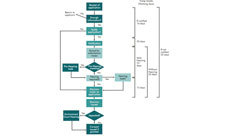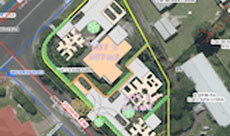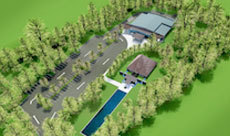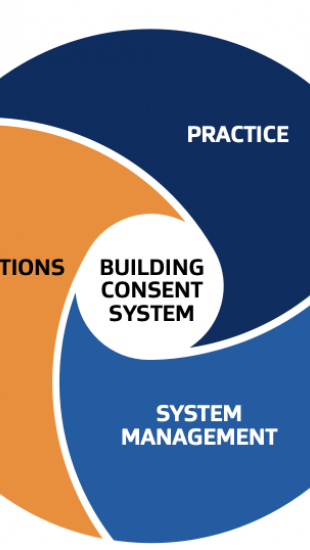Hamilton moves to a Capital Value Rating System

Hamilton moves to a Capital Value Rating System
Hamilton residents will notice some changes when they receive their rates invoice next month.
Under capital value rating, general rates are calculated on the value of the land and what’s built upon it. Under the land value rating system Hamilton used historically, general rates were calculated solely on the value of the land.
The switch to capital value rating is to be confirmed by the Council on 30 June. Council says that the new system is a more appropriate way to calculate rates and the best option for the city. “About half of Hamilton’s residential ratepayers will see a decrease in their rates with the move to capital value rating. The annual 3.8 per cent increase will be levied on top of this amount. To help reduce the impact on those who will see an increase, we are phasing the new system in over 10 years.”
The change in rating system will not result in more revenue being collected by the Council, and will bring Hamilton into line with other major cities in New Zealand who use capital value rating.
The new-look rates invoice features a modern design that’s easy to read and provides information about how your rates are spent.

How many ratepayers are there in Hamilton City?
There are 49,869 residential ratepayers, 653 rural/life-style ratepayers and 4,362 commercial ratepayers.
Why are we changing to a capital rating system?
It is a simpler, more transparent rating system that is easier for ratepayers to understand.
• Rates are applied to the full value of each property.
• There is better accuracy at revaluations due to sales evidence.
• Utility networks are included (utility networks are not liable for land value rates).
• It provides better alignment with incomes and ability to pay.
• It provides better alignment of business rates with competing cities.
• It keeps the impact of the change to capital value within each rating sector, retaining ratios that are well established.
• It simplifies the rating categories (differentials).
Will the change to capital value result in an increase of rates revenue for the Council?
No, it will just change how rates are divided amongst property owners. The percentage of rates collected from each sector will stay the same (residential 65%, commercial 34% and rural 1%). Within each sector, property owners will pay their share based on capital value. This means some property owners will receive a rates increase and some will receive a decrease.
When will the change be introduced?
The change to capital value will start in July 2015. To reduce the impact on property owners whose rates will increase, the change will be phased in over 10 years.
How much will rates change in the first year?
In the first year, for 83% of residential ratepayers, the rates increase or decrease will be less than $50.
How will a change to capital value impact lifestyle block owners within the city boundaries?
Owners of undeveloped small blocks of rural land will see a decrease in their rates, while highly developed small rural properties would get an increase. For example, a small rural property with no buildings (vacant land) with land value of $320,000 currently pays $1,382 but under capital value will pay $961. A large rural property with land value of $9,900,000 and capital value of $10,810,000 currently pays $20,822 and will pay $23,416 under capital value.
Will residential ratepayers subsidise commercial and industrial ratepayers?
No. Under capital value rates are paid based on the value of both the land and the buildings on it. Even under land value, residential ratepayers don’t subsidise the commercial sector. In fact, it is the reverse. Commercial ratepayers are individually paying 2.27 times the amount of rates calculated for an individual residential property with the same land value. In terms of the total rates collection, 65 percent of the rates will come from residential ratepayers, and 34 percent from the commercial sector and 1% from rural.


















